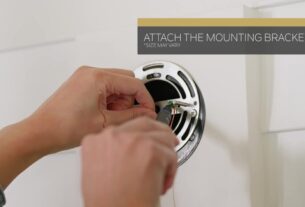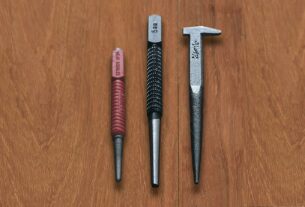Dental suction tools are essential in any dental practice. They help remove saliva, blood, debris, and other fluids from the patient’s mouth during dental procedures. Without a good suction tool, dentists would have a hard time performing their work efficiently.
In this comprehensive guide, we will discuss everything you need to know about dental suction tools. We’ll cover the different types of suction tools available in the market, their features, and how to choose the best one for your practice. We’ll also provide tips on how to maintain and clean your suction tool properly.
So, let’s dive in and explore the world of dental suction tools!
[h2]Types of Dental Suction Tools[/h2]
There are mainly two types of dental suction tools: saliva ejectors and high-volume evacuators (HVE). Both serve different purposes and are used at different stages during dental procedures.
[h3]Saliva Ejectors[/h3]
Saliva ejectors are small, low-volume suction devices that are used during routine dental procedures such as teeth cleaning or filling cavities. They are designed to remove saliva and small amounts of fluid from the patient’s mouth. Saliva ejectors consist of a disposable tip connected to a low-powered vacuum pump.
The disposable tip is placed inside the patient’s mouth near the cheek or tongue area. When the pump is turned on, it creates a gentle suction force that removes saliva and other fluids from the patient’s mouth.
[h3]High-Volume Evacuators (HVE)[/h3]
High-volume evacuators (HVE) are larger, more powerful suction devices that are used during more complex dental procedures such as extractions or surgeries. HVEs have a higher flow rate than saliva ejectors and can remove larger amounts of fluid quickly.
HVEs consist of a disposable tip connected to a high-powered vacuum pump. The disposable tip is placed near the area where the dental work is being performed. When the pump is turned on, it creates a powerful suction force that removes blood, saliva, and other fluids from the patient’s mouth.
[h2]Features to Consider When Choosing a Dental Suction Tool[/h2]
When choosing a dental suction tool, there are several features you should consider. Here are some of the most important ones:
[h3]Suction Power[/h3]
The amount of suction power needed depends on the type of dental procedure being performed. For routine procedures, such as teeth cleaning or filling cavities, a low-volume suction device such as a saliva ejector may be sufficient. However, for more complex procedures such as extractions or surgeries, a high-volume suction device such as an HVE is necessary.
[h3]Disposable vs. Reusable Tips[/h3]
Disposable tips are convenient because they eliminate the need for sterilization and reduce the risk of cross-contamination between patients. However, they can be more expensive in the long run.
Reusable tips require sterilization after each use but can be more cost-effective over time. However, they require more maintenance and have a higher risk of cross-contamination if not cleaned properly.
[h3]Ergonomics[/h3]
The suction tool should be comfortable to hold and easy to manipulate during procedures. It should also be lightweight and balanced to reduce hand fatigue.
[h3]Noise Level[/h3]
Some suction tools can be quite noisy, which can be uncomfortable for both patients and practitioners. Look for models with lower decibel levels to minimize noise pollution in your practice.
[h2]How to Clean and Maintain Your Dental Suction Tool Properly[/h2]
Proper maintenance and cleaning of your dental suction tool are essential to ensure its longevity and effectiveness. Here are some tips on how to do it:
[h3]Clean After Each Use[/h3]
After each use, remove the disposable tip and rinse it with water. Then, use a disinfectant solution to clean the suction tube and vacuum canister.
[h3]Sterilize Reusable Tips[/h3]
If you’re using reusable tips, sterilize them after each use according to the manufacturer’s instructions.
[h3]Check for Damage[/h3]
Regularly inspect your suction tool for any signs of damage or wear and tear. Replace any damaged parts immediately to avoid compromising its effectiveness.
[h3]Replace Filters Regularly[/h3]
Filters should be replaced regularly to ensure optimal suction power. Check your manufacturer’s recommendations for the frequency of filter replacement.
[h2]Conclusion[/h2]
Dental suction tools are essential in any dental practice. Choosing the right type of suction tool for your practice depends on several factors such as the type of procedure being performed, suction power, ergonomics, and noise level.
Proper maintenance and cleaning of your suction tool is also crucial to ensure its longevity and effectiveness.
We hope this guide has been helpful in providing you with valuable information about dental suction tools. If you have any questions or concerns, please don’t hesitate to consult with a dental professional.
References:
– https://www.dentistrytoday.com/products/suction-equipment
– https://www.dentaleconomics.com/money/article/16392686/7-tips-for-maintaining-your-dental-suction-equipment




